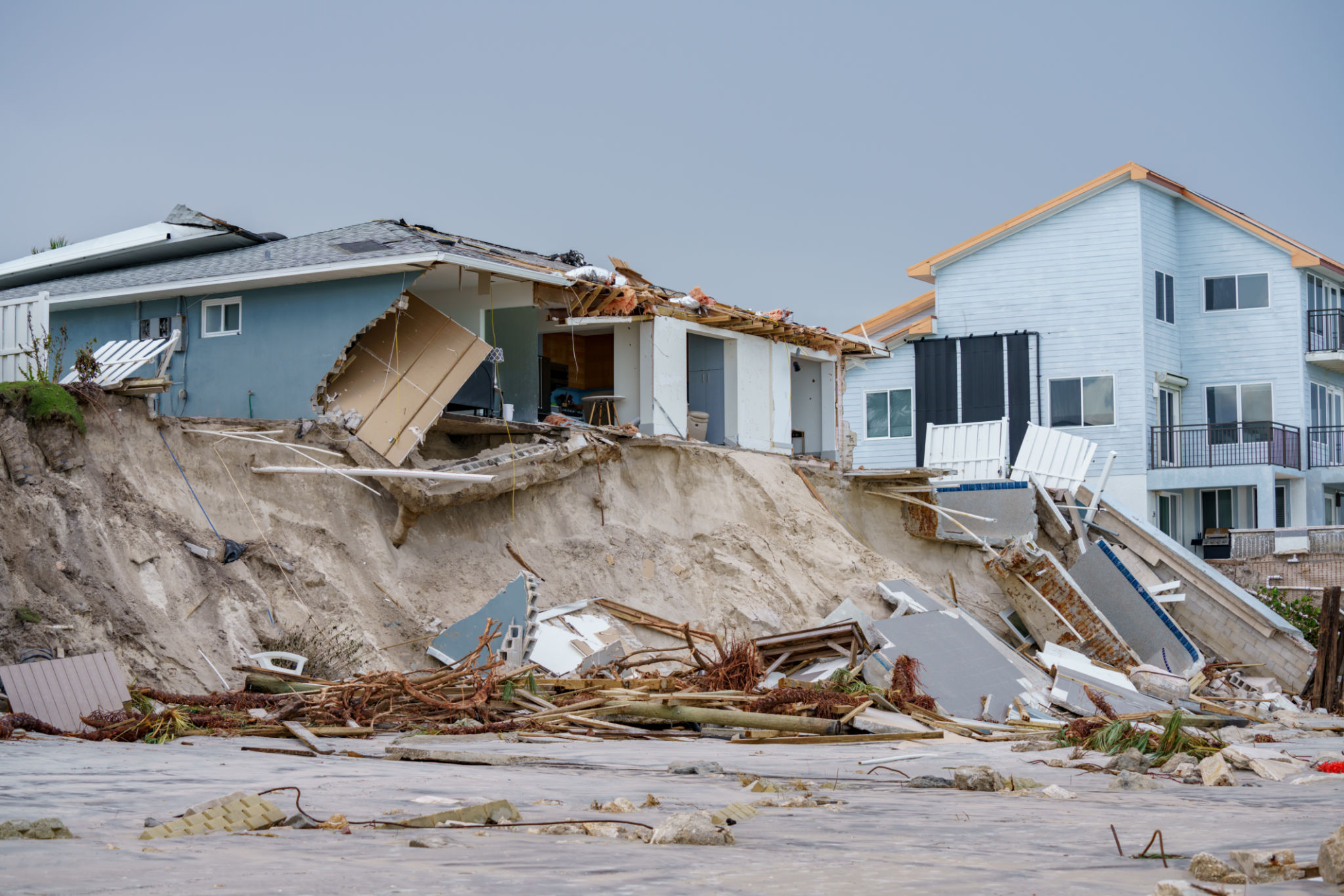The Impact of Local Climate on Property Value in Australia
Understanding the Influence of Climate on Property Value
In Australia, the diverse climates across various regions can significantly affect property values. The weather patterns, temperature variations, and seasonal changes impact not only the living conditions but also the investment potential of real estate. Understanding these dynamics is crucial for both buyers and sellers looking to make informed decisions in the property market.

Climate Zones and Their Effects
Australia is home to a variety of climate zones ranging from tropical in the north to temperate in the south. Each of these zones has distinct characteristics that influence property demand and value. For instance, tropical climates with high humidity and rainfall may deter some buyers while attracting others who appreciate lush landscapes and a vibrant environment.
In contrast, regions with temperate climates often see higher property values due to their moderate weather conditions which are appealing for permanent residence. Coastal areas, in particular, benefit from milder climates and stunning views, making them highly desirable despite potential risks like erosion or rising sea levels.
The Role of Natural Disasters
The frequency and severity of natural disasters such as bushfires, floods, and cyclones also play a significant role in property valuation. Areas prone to such events may experience fluctuating market values as potential buyers weigh the risks against the benefits. Properties with enhanced safety features or those located in lower-risk zones often fetch higher prices.

Moreover, government policies and insurance costs in disaster-prone regions can further influence property values. Prospective buyers must consider these factors when evaluating potential investments or homes.
The Impact of Climate Change
Climate change is an evolving factor that continues to reshape the real estate landscape in Australia. Rising temperatures and changing precipitation patterns can alter the desirability and functionality of properties. For example, increased heatwaves might lead to higher cooling costs, affecting the long-term affordability and appeal of certain locations.
Adaptation measures, such as sustainable building practices and the incorporation of renewable energy sources, can enhance property value by mitigating climate impacts. Buyers are increasingly prioritizing eco-friendly features that not only support the environment but also promise energy savings and resilience against climate challenges.

Conclusion: Strategizing Real Estate Investments
Understanding the impact of local climate on property values is essential for navigating Australia's real estate market. By considering climate zones, potential natural disasters, and the effects of climate change, buyers and investors can make strategic decisions that align with their goals and risk tolerance.
Ultimately, recognizing these environmental factors can lead to more resilient investments and a deeper appreciation for Australia's diverse landscapes and climates. As the country continues to adapt to climatic changes, staying informed will be key to maximizing property value and ensuring long-term satisfaction in real estate ventures.